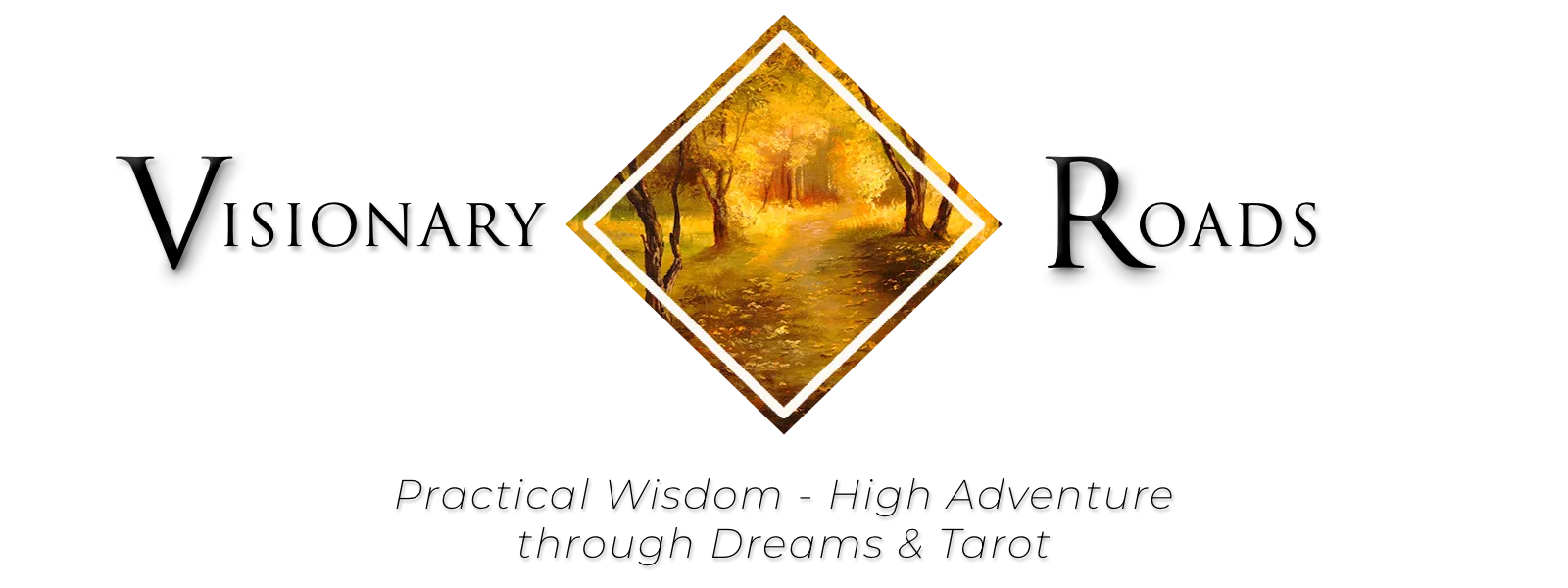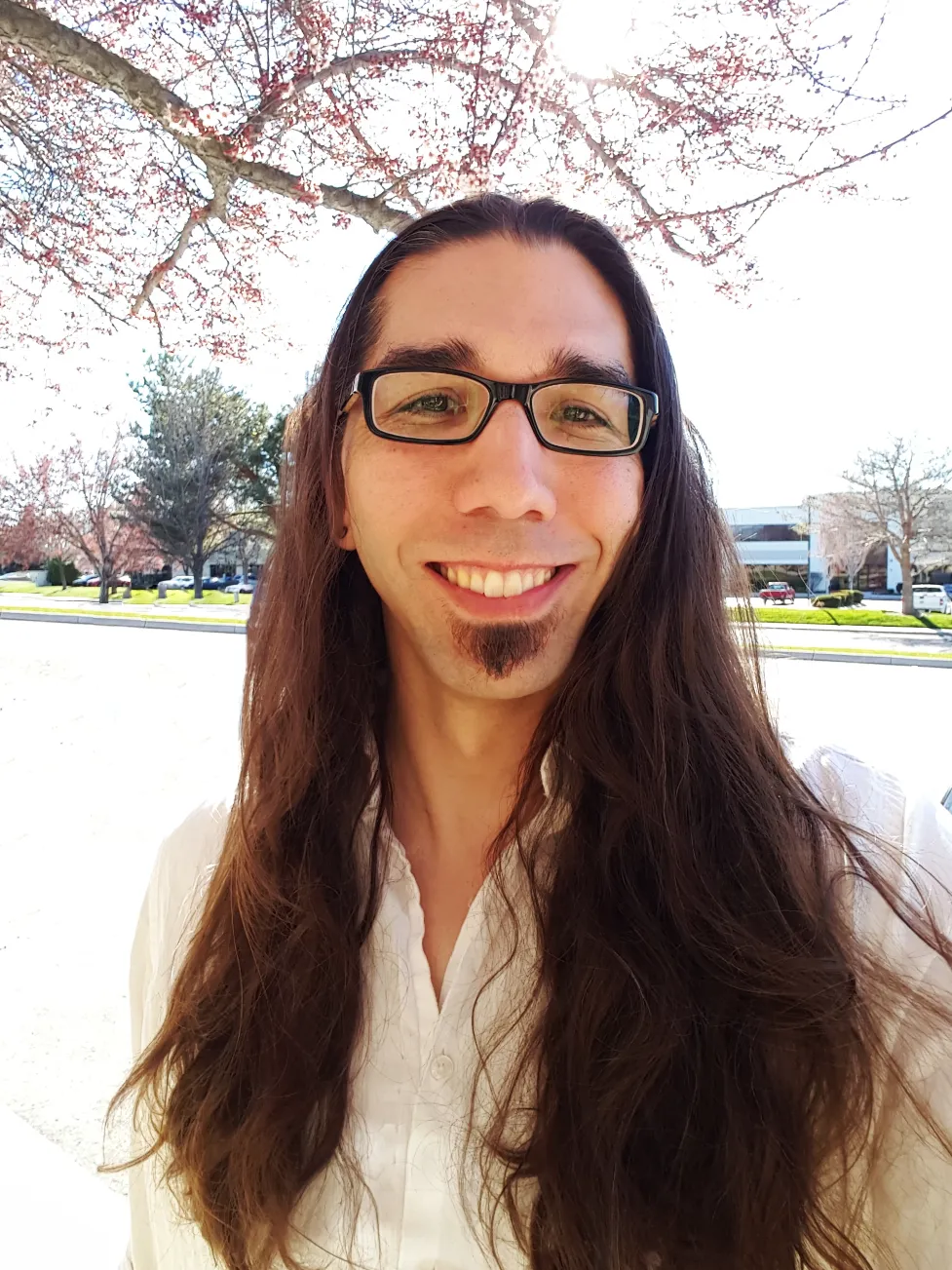Glossary for Patterns and Paradox

This is a portion of an unpublished body of work written between 2008 - 2010 tentatively titled Patterns and Paradox.
All philosophy resorts to neologisms (creating “new words” to describe novel ideas) at some point; this project is no different. However, I attempted to minimize the amount I created and in most cases re-purposed common American English words. This was intentional as I wanted to provide a contemporary access point to these principles and concepts for the 21st-century American audience rather than try to retool and re-explain abstract concepts borrowed from other times and places. I am certainly not opposed, however, if some would like to create correspondences and build bridges to other philosophical frameworks.
I also defined some vocabulary for a few altered states for those readers not familiar with the language sometimes used in that domain as these were mentioned throughout the larger body of writing. Note that some of my perspective (naturally) has changed in the last decade and does not necessarily reflect the nuances of my current perspective.
Creativity
The ultimate principle, that which always goes beyond itself. Creativity is entirely self-referential while also being non-referential. The impulse toward novelty. The unnamable. Transcendence.
One
The singular principle, creativity as one and undifferentiated. One is primordial chaos, the first to arise from the unnamable principle. Sameness, radiance, this, or any other experience or notion of something that has a feeling of singularity. One, as the first distinction, implies many. One of the two dyadic aspects of the essential paradox.
Many (All)
The principle of multiplicity, creativity as differentiated. Many is complexity and divergence. Difference, coherence, that, or any other experience or notion of something that has a feeling of separateness and other. Many implies one (many ones, or the distinction between ones). One of the two dyadic aspects of the essential paradox.
Essential paradox
The general topic of this study. How the ultimate principle of creativity relates to itself. The one is many, the many are one. Sameness and difference are the same yet different. The unnamable lies beyond.
Identity
Identity is the interplay of the one and the many, the flow of creativity inward and outward. This movement of identity along the continuum of one and many corresponds to the states of human consciousness. Identity is nothing less than the ultimate principle itself (God, Tao, Buddha, etc.) and can only be described through the essential paradox.
Environment
The qualitative experience of one’s “location”, particularly when describing altered states. This term is used to for its flexibility with the implication that relationships in one’s experience are more key than “geography” as some environments do not demonstrate spatial or temporal reference in the same way as does our common, waking world. Environment is often used in favor of terms such as “astral plane” or “dream space”, the former often connoting that the experience is somehow a given creation and the latter an experience that is totally self-generated. Environment emphasizes the participatory nature of experiences and how one creates with and within an environment. To clarify the relationship in terminology, environment is technically a “world”, but the emphasis is on an individual identity’s experience rather than on a “common world”. While an environment may very well be as coherent as our common “Earth” world (and perhaps even more coherent), it is not necessarily so. This term is adopted and adapted from researcher/explorer Kurt Leland.
The phenomenological surroundings of a traveler. In other terminology, an environment may be termed a “plane”, “world”, or “locale”. The term environment seeks to shift the concept of experience happening in a space and location based on three dimensional referential awareness to one that is inclusive of that concept but also includes other modes of perception that become active while traveling. Whether one is in another “physical” place or has shifted the focus of consciousness to an “inner” experience becomes less relevant, while one’s actual experience within an environment comes to the fore. This concept allows for a simultaneous subjective and objective interpretation of any experience.
Spirit
Identity as one, the flow of creativity inward toward radiance. [Note from 2017: This, along with “Soul”, was a poetic experiment. It really was a little out of place here among more “technical” terms. I’ve left it in as I may one day publish the poem that it originated from, also written during this period.]
Soul
Identity as many, the flow of creativity outward toward coherence.
Co-creativity
The recognition that creativity relates to itself as one and many, that relationship between ones as a many creates a one in itself. The space between us, our interaction, is reality. Anything in itself is indescribable, creativity itself unnamable. Any one thing is a relationship of many, and a many is but a relationship of ones. Participatory creative activity.
Vision
The felt quality of intention for any thing at any scale. The particular way in which creativity is moving into novelty. Unlike models of reality where much of reality is “lifeless” and without direction, this model holds that all things are “alive” in that all have a felt self-directed “purpose” or vision for being. While I use visual language throughout my work (vision, perspective, worldview, etc.), this is out of approximating conventional usage; I’d rather not stretch the English language farther than I need to and create obscure neologisms (a common obstacle in much philosophy).
Perspective/worldview
The complex of visions that shapes the experience of identity. Like visions, worldviews exist at any scale. Vision and perspective may be seen as a dyadic relationship of one and many.
Inclusivity
The recognition of the whole that contains divergent views. While dialectic revolves around contrasting views, inclusivity takes the view of the world in which both exist. A materialist and an idealist may argue about the nature of reality, yet inclusivity asks how is it that both exist at all rather than siding with one or another. “What sort of view can derive all views involved?” is the central question of inclusivity. Inclusivity may be seen as the movement toward abstraction, toward the one, the desire for “meta” or frameworks free of particulars. By view of the essential paradox, inclusivity is always present with exclusivity and particular worldviews. From the vantage point of exclusivity (one to many), inclusivity searches for the origins of a complex that can inspire the divergent views. From the vantage point of inclusivity (many to one), inclusivity synthesizes the divergent points into one. This view comes from a dissatisfaction with reductionistic views of any kind yet can accommodate such views.
Multiverse/many worlds
The view of reality as divergent and coherent, a perspective toward the many from the base state.
Universe/one world
The view of reality as convergent and radiant, a perspective toward the one from the base state.
Base state:
In general, I use this as short-hand for the resonant state an individual habitually identifies with, a “normative” waking state. Movement from the base state toward the many is accompanied by coherence, divergence, and diversity; movement from the base state toward the one is felt as less differentiation, the enfoldment of normative particulars of the base state into a singularity.
Common world
The perspective and vision that individual identities share which results in a coherent extensive continuum. I generally use this term to distinguish “the world at large” or the macroorganism of the planet from shared visions (“worlds”) of fewer members. This use of common world is synonymous with “Earth” and contemporary uses of “Universe”, yet not a preexisting condition or a “given” as in some materialist views. Our common world is cohered by the vision of the Earth identity, its resonant flow from inner and outer organizes our individual human vision as a coherent system, much like an individual human’s identity organizes the visions of organs or cells into a coherent system. In this view of the common world, there may be multiple Earths each with unique vision, and humans may align with different common worlds depending upon how they accept each larger-context visionary world from moment to moment. Common world may also refer to the more general case of shared vision, not necessarily tied to the “physical” world.
Aspect
A term adopted and adapted from researcher/explorer Jane Roberts. An “aspect” can be most readily related to an “aspect of personality”, those various parts of ourselves that seem to have a somewhat distinct personality. Roberts retained this sense of the word while extending its application to a core sense of self that has many facets or aspects that exist in various frameworks of reality (which may or may not be physical). Where some psychological models may see these aspects as fully dependent on a core principle (such as a core self), Roberts sees each of these aspects as having a sort of interdependent autonomy: That the core self, when intersecting with a framework of reality, manifests as that aspect which is independent of the rest. However, as the aspect is also the core self, it is also informs and influences all other other aspects to varying degrees. An aspect is the same yet different than the core self; the other aspects are facets of that aspect. To give an example using “past life” personalities, a person has life #1, #2, and #3. Where #1 is the dominant aspect, #2 and #3 lay as more supporting aspects of personality; where #3 is dominant, #1 and #2 are supporting aspects. In this way, “reincarnation” isn’t linear, it’s concurrent; this also makes the past just as subject to change as the future from the viewpoint of any particular aspect.
Astral body
A term used by some out-of-body researchers to describe the sense of body they have while not strongly identifying with the “physical” body. The term has been carried over from the Theosophical movement of the 19th and 20th centuries.
Astral projection
Like astral body, astral projection is a term carried over from the Theosophical movement. Generally synonymous with the more contemporary “out-of-body experience”.
Trance
A shift in identity from it’s habitual point of resonance (base state) toward oneness; the “deeper” the trance, the more closely identity is shifting toward singularity, blending with other identities. Trance states may or may not include a sense of the common world and/or the body. Trance states mitigated with outward flowing movement often produce “mystical” senses of identity (as does the inverse outward with inward movement).
Dream
Identity shifted to an interior space in relationship to a common world. There is a definite sense that one is “inside” a dream; a world within a world. Dreams tend to have a more interior sense than trance states, but not the unconscious radiance of deep sleep.
Lucid dream
“Waking” within a dream; that is, bringing an outward flowing sense of differentiation, of consciousness, to an interior dream space. While lucid dream researcher Steven LaBerge would like to make OBEs a subcategory of lucid dream—or eliminate the category of OBE entirely—my experience is that the felt quality of lucid dreams and OBEs are different.
Out-of-body experience (OBE)
Bringing an inward sense (as in a dream identity) outward into a differentiated common world (whether our “physical” world or “elsewhere”). Also known as “astral projection”. “Full” OBE occurs when both an inward and outward sense are balanced while navigating a common world. This is in contrast to a lucid dream where a similar balance occurs in an “interior” or less shared space.
Power
The impressing or drawing of another’s vision into one’s own. To have power over something is to assert one’s own vision and deny or subsume another’s. Power operates by aligning one’s vision to a system or context that all parties involved agree or believe in. The most common example of such as context would be the “laws” of nature and natural forces which all parties agree to in order to exist within the context.
Consciousness
A coherent function. Consciousness as a noun is the outward flowing of personal vision while creating distinction in the inward flowing of other’s visions toward oneness.
Imagination
Visionary activity not yet accepted into the common world. Imaginings are as “real” as the common world, but they may possess qualities that are closer to singularity than the extensiveness of the common world that do not make them as strongly coherent and thus apparent to other members of the common world. Imaginings may be felt by another through the direct sense of a common world or through a medium of creative expression understood by the other (such as writing, cooking, or any other human activity). The more a vision becomes accepted into a common world through the sharing of others (whether co-creatively or through the roles of power), the more coherent and differentiated its appearance in that common world.
Death:
A change in the common vision of a complex system. When something “dies”, its singular creative core continues to create visions, even if visioning has no relation to the “physical” world and the visions of the various components that envisioned its body. I am absolutely convinced there is life and identity apart from the body we experience in this common world, yet that body is vitally important in shaping and informing our changing identity.
Possible Correspondences of the Dyadic Principle
| Sameness | Difference |
| Radiance | Coherence |
| One | Many |
| Tone | Note |
| Continuity | Discreteness |
| Open | Closed |
| This | That |
| Self | Other |
| Unconsciousness | Consciousness |
| Subject | Object |
| Rarefaction | Condensation |
| Wave | Particle |
| Fluid | Fixed |
| Spirit | Soul |
| False | True |
[image credit: Kydriashka]

